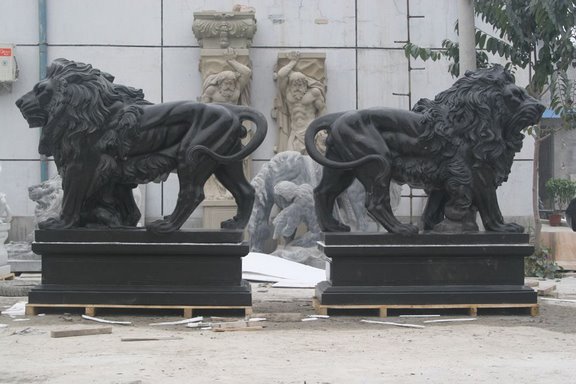Most Chinese Jamaicans are Hakka and can trace their origin to the Chinese labourers that came to Jamaica in the mid-19th to early 20th century Chinese some migrated to the West Indies in 1811, and in 1843.
The two earliest ships of Chinese migrant workers to Jamaica arrived in 1854, the first directly from China, the second composed of onward migrants from Panama; they were contracted for plantation work.
A further 200 would arrive in the years up until 1870, mostly from other Caribbean islands. Later, in 1884, a third wave of 680 Chinese migrants would arrive; with the exception of a few from Sze Yup, most of these were Hakka people from Dongguan, Huiyang, and Bao'an. This third wave of migrants would go on to bring more of their relatives over from China.
The 1943 census showed 12,394 Chinese residing in Jamaica; these were divided into three categories by the census, namely "China-born" (2,818), "local-born" (4,061), and "Chinese coloured" (5,515), the latter referring to multiracial people of mixed African and Chinese descent. This made Chinese Jamaicans the second largest Chinese population in the Caribbean, behind Chinese.
Since the 1970s, thousands of Chinese Jamaicans moved abroad; at first, they went primarily to Canada, which was more open to immigration than the United States, but the U.S. later became a major destination as well. As a result, clusters of Chinese Jamaicans can be found outside of Jamaica as well, in Toronto, New York City, and South Florida.
However, in the 1980s and 1990s, there was a new wave of Chinese migration to Jamaica, consisting of Hong Kong and Taiwan entrepreneurs who set up textiles factories on the island targeting the U.S. market, and often brought in migrant workers from China to staff their ventures.
In comparison to Overseas Chinese communities elsewhere, hometown associations related to migrants' places of origin in China were not very influential among migrants to Jamaica.
Some secret societies such as the Hongmenhui were active in organising plantation workers in the 1880s; however, the first formal Chinese organisation in Jamaica was a branch of the Freemasons.
Later, the Chinese Benevolent Association (中華會館) was founded in 1891. The CBA continues to operate from a two-story building with guardian lion statues in the front; the ground floor is occupied by the Jamaican-Chinese Historical Museum. The building has been featured on a Jamaican postage stamp.
There was also a Chinese Jamaican community school, the Chinese Public School. It was set up first by the Chinese Freemasons in 1920 (under the Chinese name 華僑公立學校), and operated until 1922; a Chinese drama club revived the school in 1924 (and gave it a new Chinese name 新民學校, literally "New People's School"), charging tuition fees of £6.
The drama club continued to operate the school until 1928, when the CBA purchased it for £2,300 and gave it its present name, and moved it into a larger building.
Early Chinese migrants, largely male, often entered into common-law unions with the Afro-Jamaican women who worked in their businesses. Interracial marriage became less common as the number of women of Chinese descent in Jamaica grew. Nevertheless, by the 1943 census, nearly 45% of Jamaicans with some Chinese ancestry fell into the census category of "Chinese coloured" (mixed Chinese and African descent.
Chinese Jamaicans have also had an impact on the development of reggae. The trend of Chinese Jamaican involvement in reggae began in the 1960s with Vincent "Randy" Chin, his wife Patricia Chin, and their label VP Records, where artists such as Beenie Man and Sean Paul launched their careers; it remains common to see Chinese surnames in the liner notes of reggae music, attesting to the continuing influence
Assimilation has taken place through generations and only a few Chinese Jamaicans can speak Chinese today; most of them speak English or Jamaican Patois as their first language. The vast majority have anglicized given names, and many have Chinese surnames. The Chinese food culture has survived to a large degree among this group of people.

Last edited by Admin on Wed 22 Dec 2010 - 23:07; edited 1 time in total






